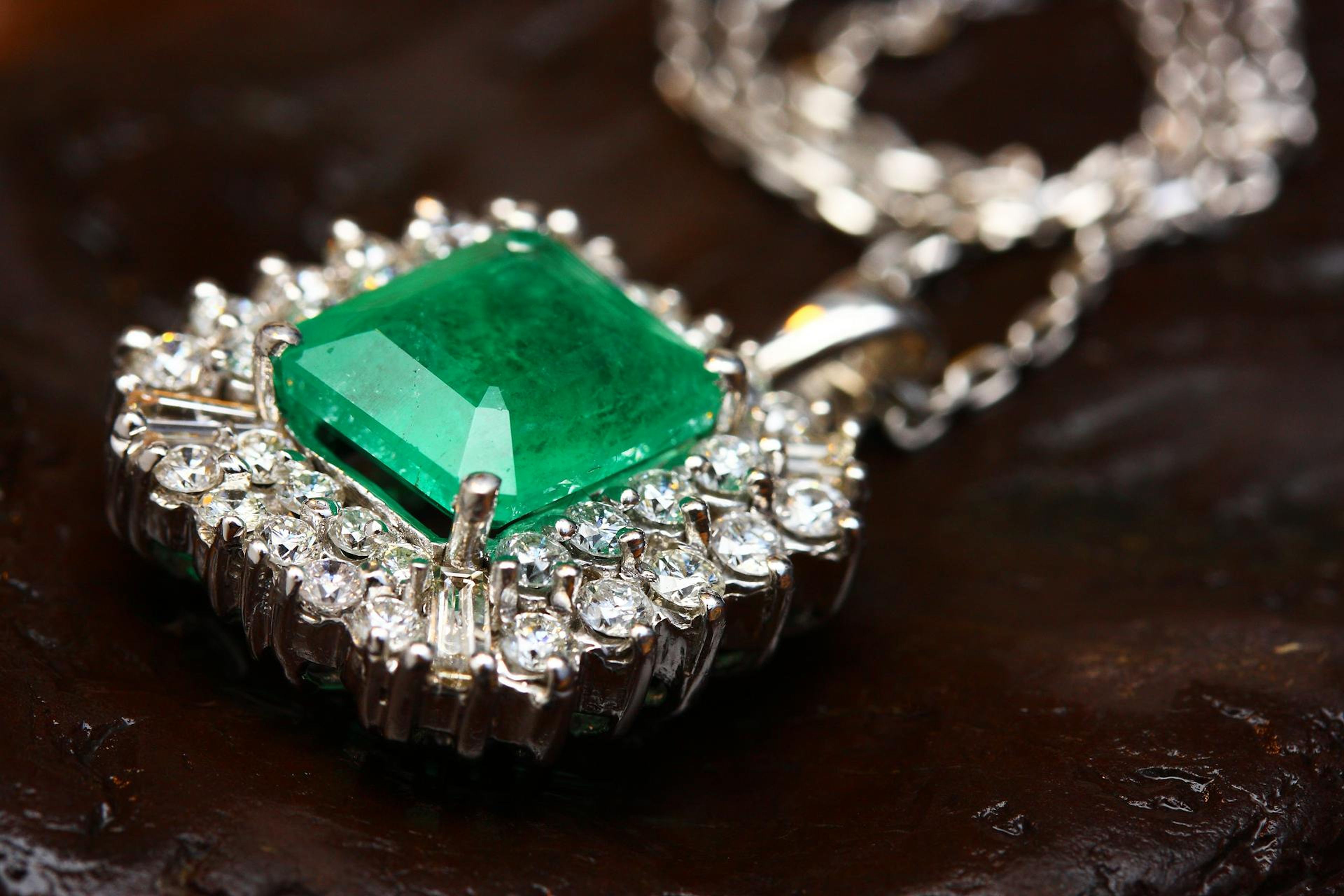Back
How to Choose the Perfect Statement Piece
By Mindmink
A statement piece isn’t just bold—it’s a reflection of confidence. Discover how to select jewellery that elevates your look without overshadowing your personality.
1. The Inspiration Behind Design
Every enduring piece of jewelry begins with inspiration. Designers often draw from nature, history, and culture, blending traditional motifs with contemporary styles. A delicate pendant may mirror the elegance of a blooming flower, while an intricate bangle might echo architectural patterns from centuries past. Inspiration can also come from emotions—love, hope, and resilience are often translated into form and texture. What makes these designs timeless is their ability to remain relevant and apclpealing across eras, transcending fleeting trends and fast fashion.
2. The Craftsmanship
Craftsmanship is the heart of jewelry design. Skilled artisans transform raw materials—gold, silver, gemstones, and other elements—into wearable art. Techniques such as hand-carving, filigree, stone setting, and metal forging require patience, precision, and years of practice. Every curve, engraving, and polish is intentional, reflecting both the designer’s vision and the artisan’s skill. Attention to detail ensures durability, comfort, and visual harmony, making each piece not just an accessory, but a work of art.
3. Materials and Their Significance
The choice of materials plays a crucial role in jewelry design. Precious metals like gold, silver, and platinum convey elegance and longevity, while gemstones carry symbolic meanings—diamonds for strength, sapphires for wisdom, rubies for passion. Designers may also incorporate unconventional materials such as resin, wood, or recycled elements, adding character and sustainability to their creations. The combination of material quality and thoughtful selection ensures that each piece tells a unique story.
4. The Design Process
Designing jewelry is both creative and methodical. It often begins with sketches or digital renderings, translating an idea into tangible form. Prototypes may be created using wax models or 3D printing, allowing designers to refine proportions, textures, and details. Feedback from artisans and clients is integrated to perfect the design. This iterative process balances aesthetics, functionality, and wearability, ensuring the final piece is both beautiful and practical.
5. Trends vs. Timelessness
While trends influence color palettes, gemstone cuts, and styles, timeless designs focus on enduring appeal. A well-crafted necklace or ring should feel relevant decades later. Designers often blend contemporary elements with classical motifs, creating pieces that resonate with both modern and traditional sensibilities. Understanding market trends helps designers innovate without sacrificing the longevity and elegance of their creations.
6. Emotional Connection
Jewelry carries more than aesthetic value—it evokes memories, emotions, and personal meaning. A ring may symbolize commitment, a necklace may commemorate a milestone, and earrings may reflect personal style. Designers often aim to create pieces that connect with the wearer on a deeper level, making each item treasured not just for its beauty, but for the sentiment it embodies.
7. Sustainability and Ethical Practices
Modern jewelry design increasingly prioritizes sustainability and ethical sourcing. Many designers now choose conflict-free gemstones, recycled metals, and eco-friendly production techniques. Ethical practices ensure that both materials and labor meet responsible standards. By combining beauty with conscientious choices, designers create jewelry that is meaningful in both appearance and impact.
8. Showcasing the Collection
Presentation matters as much as creation. Carefully curated photos, elegant packaging, and storytelling through product descriptions help convey the designer’s vision. Displaying jewelry in well-lit, uncluttered settings highlights craftsmanship and details, while sharing the inspiration and process behind each piece adds authenticity and emotional appeal.
